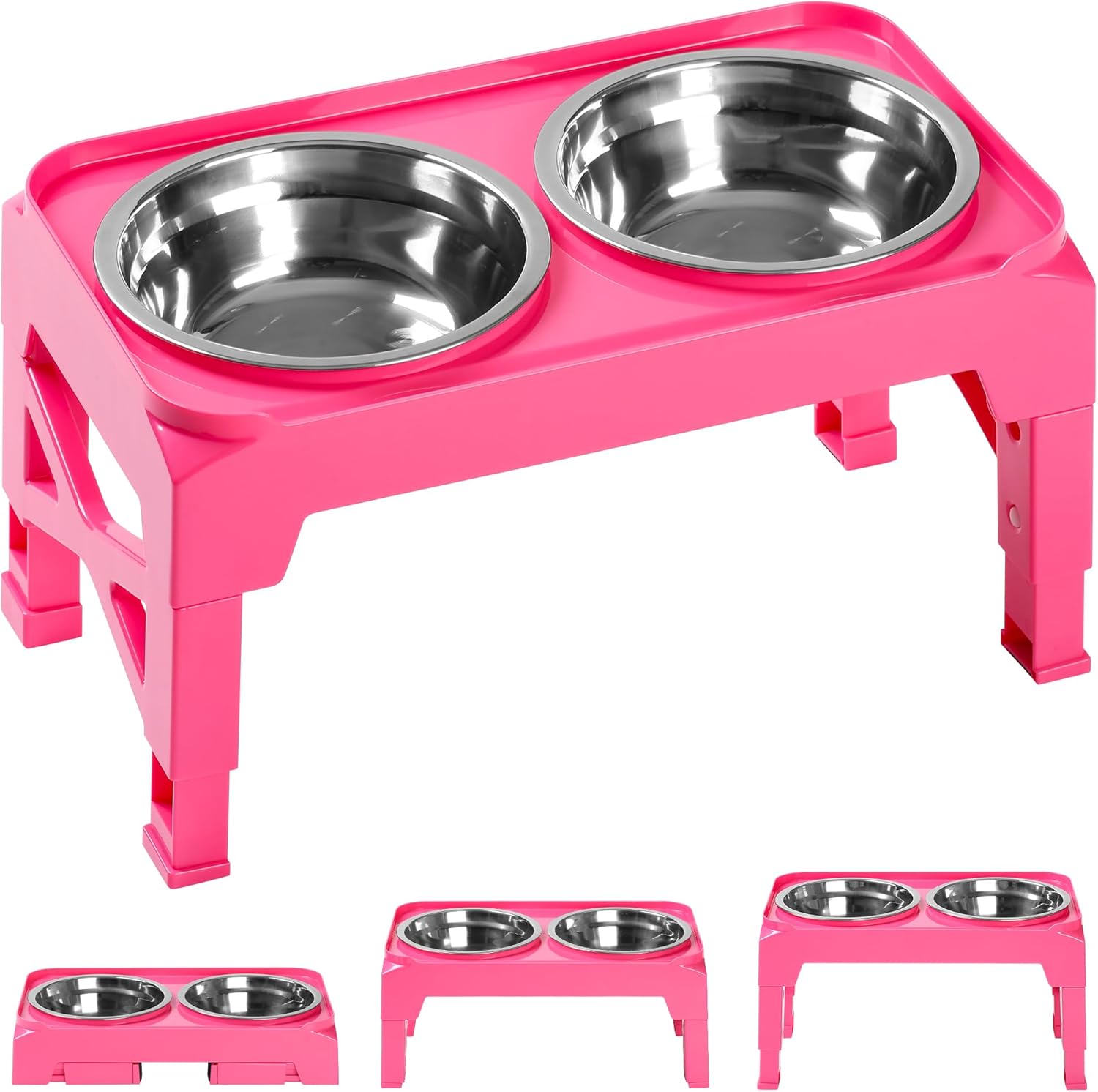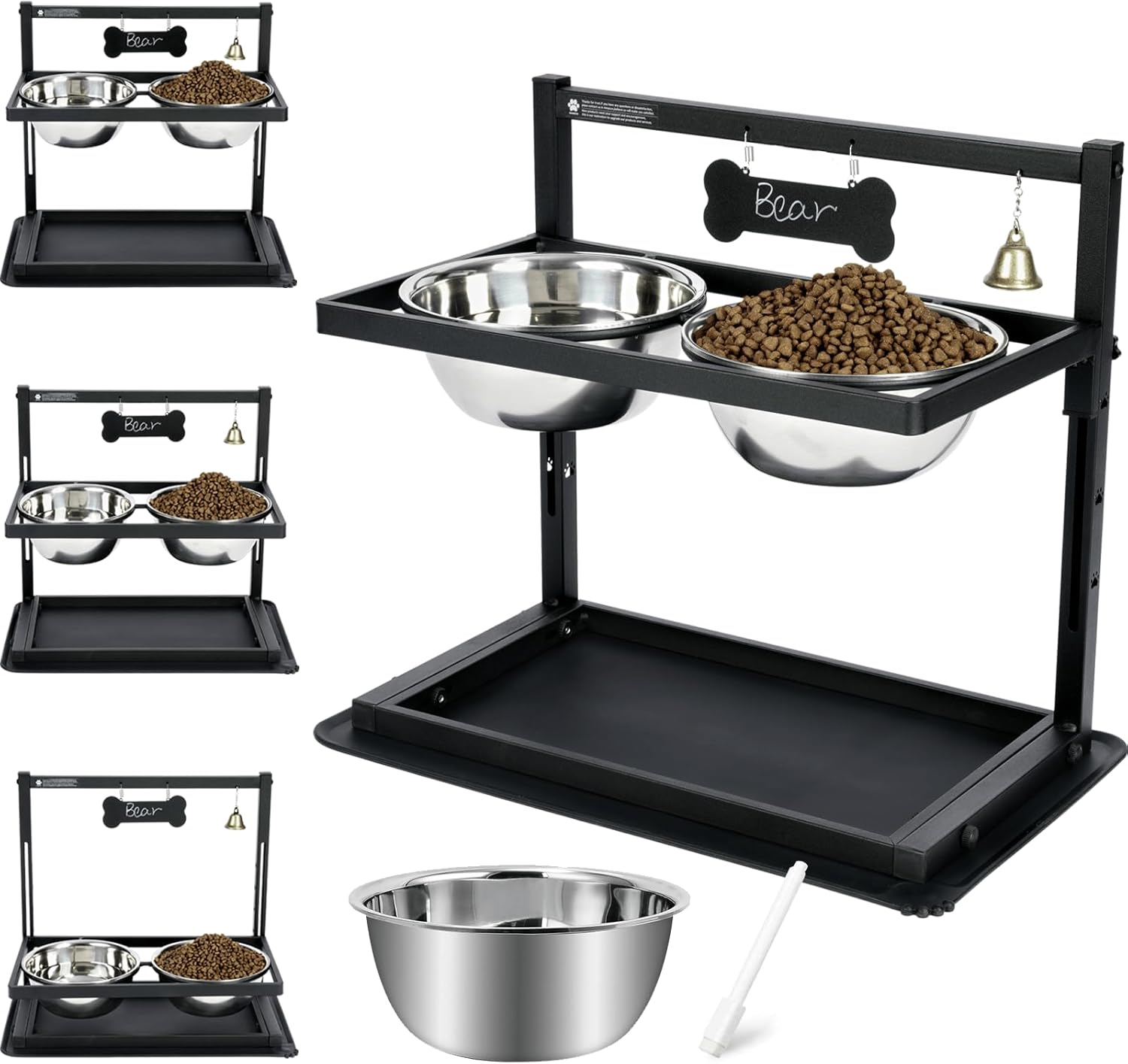What to Expect During Your Dog’s Pregnancy: A Timeline for Breeders
Introduction
As a responsible dog breeder, understanding the stages of pregnancy is crucial for ensuring the health and well-being of both the mother dog and her future puppies. Dog pregnancy, also known as gestation, typically lasts about 63 days, but it can range from 58 to 68 days depending on various factors. Knowing what to expect during each phase of your dog’s pregnancy can help you provide the best care, avoid complications, and be fully prepared for the arrival of the puppies. In this blog post, we’ll walk through a detailed pregnancy timeline for dog breeders, covering the key stages and important milestones.
1. The Early Stages of Pregnancy: Days 1-28
Physical and Behavioral Changes
The first 4 weeks of pregnancy can be quite subtle, and you may not notice many obvious changes in your dog’s behavior. However, there are some early signs that can indicate your dog is pregnant:
- Behavioral changes: Your dog may become more affectionate, or she might withdraw and seek more privacy.
- Loss of appetite: Early in the pregnancy, some dogs may experience a decrease in appetite or mild nausea.
- Morning sickness: Similar to humans, some dogs may experience slight nausea during the first few weeks.
- Lack of heat cycle: If your dog was in heat prior to mating, her heat cycle will stop, and she will not go into heat again during the pregnancy.
Veterinary Visit and Ultrasound
If you suspect your dog is pregnant, it’s time to schedule a veterinary visit. By about 28 days, a veterinarian can perform an ultrasound to confirm pregnancy and detect the presence of puppies. Blood tests may also be used to check for pregnancy.
2. Mid-Pregnancy: Days 29-42
Physical Changes
By weeks 5 to 6, your dog’s pregnancy will become more apparent. The physical changes are more noticeable, and her body will begin to show signs of carrying puppies:
- Weight gain: As the puppies grow, your dog will start to put on weight.
- Increased appetite: Your dog will likely start eating more to accommodate her growing pups.
- Visible enlargement of the abdomen: The dog's abdomen will begin to expand as the puppies develop, and you may notice her body shape changing.
- Increased lethargy: Pregnant dogs often become tired more easily and may sleep more than usual.
Development of Puppies
At this stage, the puppies are developing rapidly. The organs are forming, and they begin to take on more recognizable features. By the end of week 6, the puppies’ skeletons start to harden, and their limbs become visible.
3. Late Pregnancy: Days 43-58
Physical and Behavioral Changes
In the final stages of pregnancy, you’ll see some significant changes as your dog’s body prepares for labor:
- More pronounced belly: Your dog’s belly will grow significantly larger as the puppies continue to develop.
- Restlessness: In the last couple of weeks, your dog may become restless or start nesting. She might search for quiet, private areas where she can prepare for the birth.
- Increased appetite: Your dog will continue to eat more, but be mindful of the quality of her food. High-quality, puppy-formulated food can help her through this critical phase.
- Nesting behavior: Some dogs instinctively begin to "nest" in the days leading up to labor. This behavior includes finding a quiet, safe space and arranging bedding.
Development of Puppies
In the last two weeks, the puppies grow rapidly, gaining weight and developing their fur. Their senses are starting to develop, and they begin to move around inside the womb. They may also start to practice breathing movements as they prepare for birth.
4. Preparing for Labor: Days 59-63
Signs of Imminent Labor
As the due date approaches, your dog will begin to show more signs that labor is near. Keep a close eye on these signs:
- Drop in temperature: A day or two before labor, your dog’s body temperature will drop by about 1-2°F (0.5-1°C). This indicates that labor is likely to begin within 24 hours.
- Restlessness and panting: Your dog may begin to pace, pant, or even dig at her bedding as she gets ready for delivery.
- Visible discharge: A clear or slightly bloody discharge may appear as the cervix starts to dilate.
Preparing the Whelping Area
It’s crucial to prepare a clean, quiet, and comfortable space where your dog can give birth. Make sure the area is free from distractions and has a soft, absorbent bedding that will keep the mother and puppies comfortable. A whelping box is ideal for confining the mother during labor while providing enough space for her and her puppies.
5. Labor and Delivery: Days 64-68
Stages of Labor
Labor is divided into three stages:
- Stage 1: The cervix begins to dilate, and the mother may experience mild contractions. This stage can last anywhere from 6 to 12 hours. Your dog may become restless, pant, and show signs of discomfort.
- Stage 2: During this stage, the puppies are born. Stronger contractions push the puppies through the birth canal. Each puppy will typically be born within 30 minutes to an hour of each other, though there can be longer breaks.
- Stage 3: After all the puppies have been born, your dog will expel the placentas. Ensure that each placenta is passed, as retaining one can cause infection.
Post-Delivery Care
After the puppies are born, your dog will be in the post-labor phase. She may be tired, but she should begin to clean and nurse her puppies. Make sure she has access to food, water, and a quiet space to recover. Monitor her closely for signs of complications such as excessive bleeding, refusal to nurse, or signs of infection.
6. Caring for a New Mom and Her Puppies
Once the puppies have arrived, your focus will shift to ensuring both the mother and her new litter are well-cared for:
- Monitor the puppies: Ensure that all puppies are nursing and gaining weight. Puppies should be nursing regularly and staying warm.
- Veterinary check-up: Schedule a post-delivery check-up with the veterinarian to ensure the mother is recovering properly and that all puppies are healthy.
- Provide a calm, quiet environment: Keep the whelping area calm and quiet so that the mother and puppies can bond and recover from the birth.
Conclusion
Understanding the timeline and stages of your dog’s pregnancy is essential for any responsible breeder. From the early signs of pregnancy to the final days of labor, every phase requires careful attention to ensure the health and safety of the mother and her puppies. By following the pregnancy timeline and providing proper care and monitoring, you can help your dog have a smooth pregnancy and a successful delivery, setting the stage for healthy puppies and a positive breeding experience.
Affiliate Products



